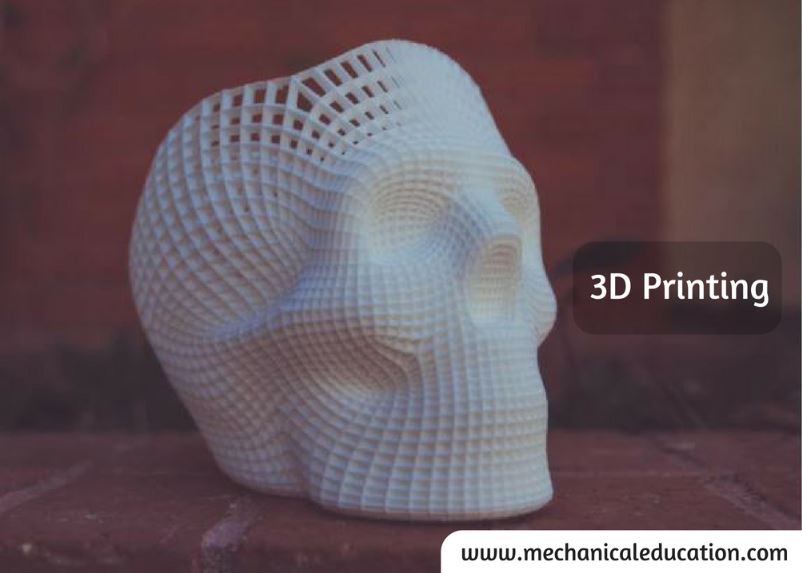Lasers have numerous applications across various industries, including:
- Manufacturing: Lasers are used in various manufacturing processes, such as cutting, drilling, welding, and marking, in industries like automotive, aerospace, electronics, and medical.
- Medicine: Lasers are used in medicine for various purposes such as surgery, skin treatments, dental procedures, and diagnosis of diseases.
- Communication: Lasers are used in communication technologies such as fiber optic cables, which transmit data over long distances at high speeds.
- Research: Lasers are used in scientific research for various purposes, such as spectroscopy, particle acceleration, and imaging.
- Defense: Lasers are used in defense applications such as targeting, guidance, and missile defense systems.
- Entertainment: Lasers are used for entertainment purposes such as laser light shows, laser tag, and laser pointers.
Overall, lasers are a versatile technology with numerous applications in various industries and fields, making them a vital component of modern technology.
Frequently Asked Questions
1. What is a laser, and how does it produce coherent light?
A laser is a device that produces coherent and focused light through the process of stimulated emission of photons. Coherent light has a specific wavelength and phase alignment.
2. Where are lasers commonly used in everyday life?
Lasers are used in various applications, including barcode scanners, CD/DVD players, medical devices, laser printers, fiber optic communication, and cosmetic procedures like laser hair removal.
3. How does a laser differ from ordinary light sources like light bulbs?
Unlike ordinary light sources that emit incoherent light with various wavelengths and phases, lasers emit coherent light with a single wavelength and phase. This coherence allows lasers to produce intense and focused beams.
4. What are the different types of lasers, and how do they vary in their applications?
There are various types of lasers, including semiconductor lasers, solid-state lasers, gas lasers, and fiber lasers. Each type has specific characteristics that make it suitable for particular applications, such as cutting, welding, medical treatments, and research.
5. Can lasers be harmful, and what safety precautions should be taken?
Yes, lasers can be harmful to the eyes and skin. Safety precautions include wearing protective eyewear, following proper laser operating procedures, and avoiding direct exposure to laser beams.
6. How are lasers used in medical applications?
Lasers are used in medical applications for procedures like surgery, eye surgeries (LASIK), dermatology (skin resurfacing, tattoo removal), and therapeutic treatments (photodynamic therapy).
7. What role do lasers play in communication and data transmission?
Lasers are crucial in fiber optic communication, where they transmit data by modulating light signals through optical fibers. This technology is widely used in telecommunications and high-speed internet connections.
8. How are lasers utilized in manufacturing processes like cutting and welding?
Lasers are used for precision cutting and welding in manufacturing. They provide a concentrated and high-energy beam that can cut through or weld various materials with high precision, making them valuable tools in industries such as automotive and aerospace.
9. Can lasers be used for scientific research, and what are some examples of their applications in research?
Yes, lasers play a crucial role in scientific research. Examples include laser spectroscopy for chemical analysis, laser cooling and trapping of atoms, and the use of lasers in physics experiments, such as interferometry and holography.
10. How are lasers used in entertainment, such as laser light shows and laser pointers?
Lasers are used in entertainment for creating visually appealing laser light shows. Laser pointers use low-power lasers for presentations and demonstrations. These applications showcase the ability of lasers to produce vivid and focused light displays.




